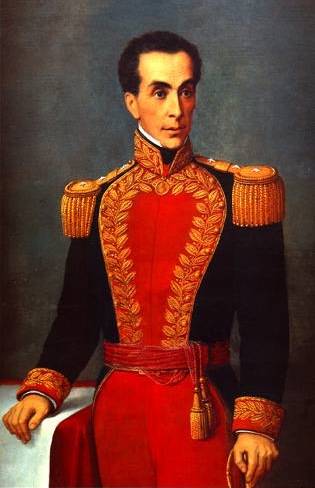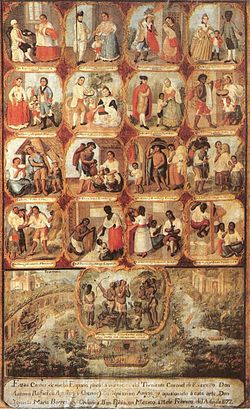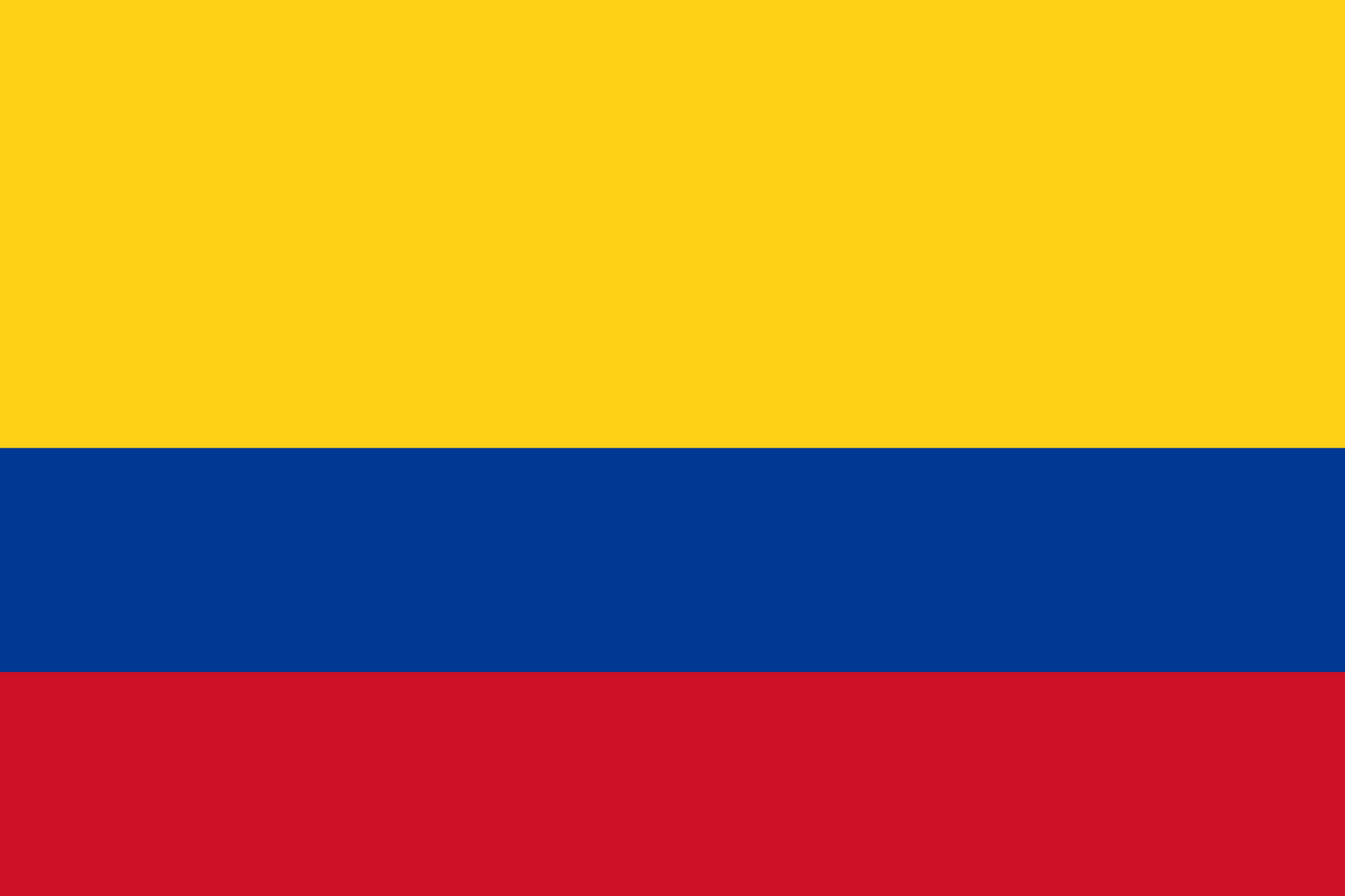

Plaza de Cayzedo, Cali, Colombia
My paternal grandfather had a hurtful saying: “Not even my horse is Black, because I’ll lose him at night.” But as life in the land of magical realism would have it, he went on to have several mixed-raced grandchildren.
While Dad does not remember any of his mixed-race nephews visiting Abuelo José before he died, the family has managed to fumble its way through coexistence. At times this has been painful, others have produced good memories and a few times have been cathartic.
Yes, the issue of race with Latinos is, let’s say, complicated. Even after Abuelo José’s passing during a 1956 national tragedy that killed hundreds in Cali, Colombia, the sting of intra-family prejudice continued doing its share of hurt while simultaneously developing and fraying bonds. Lately in Miami, we have been going through the issue after a Latino theater found that one of its characters, who wore blackface, was hurtful not just to African Americans, but to Black Latinos as well (after pressure, the theatre did away with the offending role). However, this goes deeper than an intercommunity issue. It’s an intra-family issue for Latinos of all backgrounds.
My Mom
Just ask my mother. She comes from the Caribbean coast of Colombia, a region with significant African and Indian mixture. Like many families in that part of Colombia, ours is a rainbow of phenotypes. But my dad’s side of the family was uncomfortable with their marriage, to say the least. Through the first few years after my parents’ wedding, Mom remembers the feeling of ostracism around my aunts. In particular she remembers, when I was two, overhearing one of them complaining to my grandmother about a television set’s antenna I had broken.
“Bueno, al menos salió lavadito (Well, at least he came out bleached),” my aunt quipped, at the end of her rant.
This is not isolated to my family by any means. In his biography, Congressman Luis V. Gutiérrez (D-Il) remembers moving with his parents from Chicago back to Puerto Rico. He recounts how he almost got rejected by girlfriend’s family because they thought for a minute that the only other Gutiérrez in town —a Black man— was related to him. Also, in her biography of South American liberator Simón Bolívar, Marie Arana describes how Bolivar’s family quietly dropped their quest for a nobiliary title in Spain after they discovered that one of their great-grandmothers was either Black or Indian.


Simón Bolívar
Beyond family circles, these questions of race are magnified, to the point where national groups compete to out-white each other. One hears these echoes in Latin America and in Latino communities throughout the United States: Dominicans feel purer than Haitians. Puerto Ricans feel purer than Dominicans. White-looking Mexicans than indigenous-looking Mexicans. Cubans feel purer than Puerto Ricans and Mexicans. In Colombia the word “indio” is hurled as an insult, as are the words “cholo” and “longo” in Peru and Ecuador.
In Colombia, this “competition” is associated with regions, which are assigned racial attributes, said Peter Wade, and anthropologist with University of Manchester in Great Britain who has done extensive research on the issue of race in Latin America.
The Racialization of Region
“In Latin America the racialization of region is common. In Colombia, it is particularly pronounced,” Wade said, explaining how Antioquia, Abuelo José’s region, looks down on the ‘mixed’ Caribbean.
We Latin Americans inherited this need to label and strive for “purity” from our Spanish forebears. They in turn got infected during the Middle Ages, as they fought the Muslims for control of the Iberian peninsula during the Reconquista. The fact is that after hundreds of years of coexistence, there was inter-ethnic hanky-panky in multi-ethnic Spain. But as the Christians gained control of the peninsula, it became paramount to prove they weren’t tainted with Jewish or Muslim blood. The process to prove one’s purity in order to attain titles and privileges had a very raw name: Limpieza de Sangre, or Blood Cleansing.
“In the New World those ideas of Limpieza de Sangre were adapted to the colonial context,” Wade said. “For example, the priesthood was restricted to people who had no indigenous or African ancestry.”
But the requirement to be verifiably peninsular in origin in order to attain privileges like land and titles, soon turned into a conundrum. Throughout its history of control in the Americas, women were a small fraction of the immigrants from Spain. In Puerto Rico, for example, during the first few generations after Columbus, virtually zero European women left any descendants on the island, according to National Geographic’s GenoGraphic Project, an initiative that uses genetics to trace human migrations throughout the millennia. This points to a pattern of almost exclusively European men and indigenous women producing offspring.
Through this combination of rape and consensual coupling between Spanish men and Indian and African women, several generations of mestizo, mulatto and all the mixtures in between started to repopulate the continent after the native population was nearly wiped out with germs and guns. Many in this new generation of locals were the legitimate children of Spanish land owners who wanted to pass down their holdings. Joanne Rappaport, an anthropologist focusing on race and ethnicity in colonial Latin America, said in those days the concept of race was fluid from a legal standpoint and was more a question of lineage, rather than identity as it is today.
“By the 18th century, it became possible to purchase category-changes. This was called gracias al sacar,” Rappaport said.


A Modern-Day Cleansing
Today, there is no legal system to switch one’s race, but there is still a system to cleanse one’s blood. A key way to move up in Latin American society became, and still is, to marry into “whiter” families. In the Spanish-speaking Caribbean, this concept is colloquially known as “mejorar la raza,” or improve the race.
In the American racial classification paradigm, these nuances among Latin Americans are often difficult to digest. African American friends of mine who have traveled to Puerto Rico or Brazil are often flabbergasted —and frustrated— that in the island upwards of 75 percent of the population describes itself as White in the Census. In Brazil, 48 percent, of the population considers itself White. But who is to say that the American one-drop rule of Black blood that it takes to make someone Black isn’t as arbitrary as the Brazilian rule where a drop of White blood makes a person that?
“The difference between Latin American and U.S. racial discourses was that in Latin America there was a continuum, and in the U.S. and the rest of the global north, people were identified as members of more polarized racial groups,” Rappaport said, adding that this is starting to change in countries like the United States.
The way I see it, in Latin America the racial construct adapted itself to allow for social mobility, while in the United States it was designed to keep social mobility from taking place. Granted, in both systems the word “denigration” is operative and in both the erasure of identity and the obliteration of self-esteem are some of the twisted results.
In the context of family, those nefarious effects echo the loudest.
My Colombian Family
In the eyes of my aunts, my dad had not selected the proper mate, which explains their relief when I was born lighter than my mother’s side of the family. It did not matter that my mother’s side was educated (my uncle is an architect, my mother was a teacher in Colombia) or that Papito Fifo, mom’s dad, was highly respected for his honesty in our hometown of Valledupar. The biggest concern was whether we would inherit Papito Fifo’s dark skin. Had Papito Fifo been a large landowner, however, it probably would have “whitened” him significantly.
Yes, it’s complex.


Al que no le gusta el caldo se le dan dos tazas. He who doesn’t like soup gets two servings, another saying goes.
Dad’s oldest brother formed his family with Aura, a Black woman who gave him five children. Then my dad married mom and into her mixed ancestry. According to my Genographic DNA results, my maternal line is sub-Saharan African and 17 percent of my genes come from that part of the globe. I am also 22 percent Native American with the balance being a mixture of Old World lineages.
My maternal line belongs to a genetic family known as the L3e2b3 haplogroup. This comes from mitochondrial DNA, the genetic material that we inherit intact from our mothers. According to Miguel Vilar, the lead scientist at the Genographic Project, my maternal line probably was forcibly brought to the Americas in the 1500s.
“We think that marker is associated with early migration from Africa and mostly associated with the Portuguese slave trade,” Vilar said, explaining how Portugal had the original slave monopoly, before the English took it over.
My aunts —one of whom told me years ago they don’t dislike Blacks, but that simply their ancestry is white— would probably be quick to blame my Mom for “la negrera” (the blackness) and the Indianness.
But in genetics and human history, there are as many shades of gray as there are words for snow among Eskimos. The markers that trace what percentage of me descends from Africa, the autosomal DNA, are inherited from both parents. It turns out part of my African and indigenous ancestry also comes from my father. Dad, who also had his genes sequenced by GenoGraphic, is five percent African and 28 percent Native American. Further, his maternal line belongs to the B2D haplogroup, a Native American genetic family. This is a matter of simple statistics: the further back in time one’s family has been in Latin America the probabilities of admixture increase significantly, said Vilar.
According to church records, Abuelo José’s family already had deep roots in the Antioquia region by the early 19th century. Further, the Parra last name arrived in the Americas in the early 1500s. A few of them were probably fleeing the Spanish Inquisition, ironically suspected of being Crypto-Jews. This was probably around the same time a few of my African great-grandmothers were being sold in Cartagena’s infamous slave market. One of the first Parras in the Americas was a Jerónimo de la Parra, who arrived in 1555 from Spain’s Extremadura region from what is now Venezuela . His children and his descendants later moved west and by the 1600s the last name was popping up in different places of what is now Colombia.
That was more than enough time to mix with darker-skinned women.
“If you go back, say ten generations, you probably had a good number of African ancestors,” Vilar said.
Dad remembers one of his uncles, Tío Joaquín, was dark-skinned. The family, however, overlooked this detail because he was a high school mathematics teacher. This, in early 20th century Colombia, was quite an accomplishment. Also, his last name was “Cobo,” a moneyed last name in the Valle del Cauca region. His education, in addition to his pedigree, whitened him.
Another factor that eventually blurs the color lines in Latin American families often is time—the blood-is-thicker-than-water dynamic takes over. My cousins in Cali, for example, grew up hanging out with their cousins. My cousin Cesar, a fair-skinned man towering at six feet eight inches, was best friends with our cousin Julio, one of my uncle Tocayo’s children with Aura, the Black woman he married.
A white Cuban friend of mine once told me about his mulatto cousin. First of all, his cousin was not Black—he was mulatto, my friend emphasized. But most important of all, he was not Black because he was his cousin.
Complicado….
I think I too eventually graduated with my aunts from being a “lavadito” suspect to being José Dante, the políico nephew. I even sense some pride among my aunts and uncles. Ironically, I whitened as I gained accomplishments, even though my skin got darker as I got older.
Mamita Mariana
Mom has also gone through a similar process as my aunts have grown to see her as the relative she is. But the change was more one in them than in us. Nowhere was that evolution clearer and more dramatic than with Mamita Mariana, my grandmother.
As Mamita Mariana battled pancreatic cancer in 1982, my mother traveled to Cali to help her and my aunts in her last days. Mom says by then they had left past issues behind, but the moment my Mom realized the true magnitude of the change was when Mamita Mariana started asking for Aura. She told my aunts she needed to ask Aura for forgiveness. The rejection she had heaped on Aura weighed on my grandmother more than her disease. One of my aunts tried to put her at ease, telling my grandmother she had not done anything wrong.
“Please get Aura!” Mamita Mariana, a shy woman who attended mass daily, snapped back. “If you do not find Aura it will be on your conscience if I die and my soul is condemned!”
My aunt brought Aura to Mamita Mariana’s hospital bed. They clasped hands in a moment of confession unlike any other my grandmother had experienced. Aura said all was forgiven and forgotten. Mamita Mariana passed away after a painful agony, but with peace in her heart.
Yes, race is a complex thing in Latino families. But in the end, we are that: family.
***



Thank you for sharing your family story. Like your father, I also share B2d maternal haplogroup but my mom and abuelita (mamita emma) are both from northwestern part of Honduras (Dept of Ocotepeque), we have ancestors in El Salvador too.